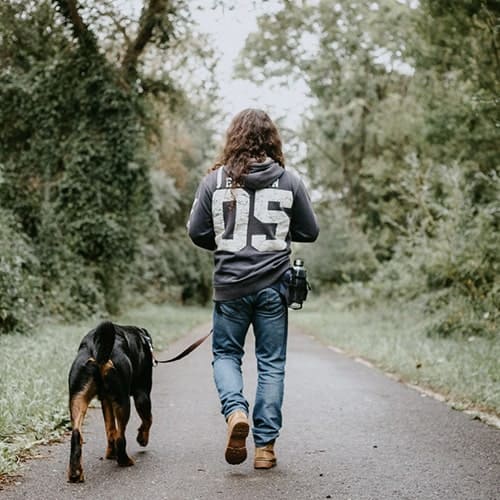Did anyone else used to have Pelham puppets?
In our family they were the cross-generational toy. When my father and my auntie were young, their granny had a room in her house where she let them keep their puppet theatre and a long rail with all their marionettes on it. Then forty years later, C and I had our own miniature theatre, created to exacting specifications by the factory joiner and featuring purple velvet curtains that my mum made, with a similar rail holding the very same array of (slightly more aged and repaired) puppets.
Our theatre and casting rail were set up only every now and again, normally in the summer holidays, and each time we decided that it was time for them to come out to star in another production, the puppets would be brought down from the cupboard, still neatly packed in their little rectangular cardboard boxes. There would always be one or two that were hopelessly tangled up (despite having been carefully packed away with the strings spun together on the previous occasion), or ones that my dad needed to repair because a string had somehow worn through.
Scripting the plays was always exciting, given that there were set characters that you had to try and incorporate, including Gretel, a king, a witch, a Tyrolean boy, a poodle, a Mexican girl, the White Rabbit, a skeleton and our favourite, the Tam o’ Shanter-sporting ‘MacBoozle’, a flattering Scottish stereotype who had a mouth that opened and a green wooden bottle permanently affixed to his hand. (The fact that C and I routinely picked a cartoon drunk as the hero of our childhood puppet shows was perhaps a hint at our own future aspirations.)
They still made Pelham puppets when I was little, but our diverse cast was only augmented once, when I bought a limited edition version of Parker from the Thunderbirds in the Christmas sale at Toys R Us. I adorned him with a pair of sunglasses designed for teddy bears and armed him for (frankly unlikely) combat by attaching a metal key-ring pistol to his hand with Blu-Tack.
The scenery also served to steer the plot, as there were only a small number of sets, including a palace ballroom and a witch’s cottage. The backdrops clipped into the back of the stage, with certain free-standing elements in front, like the pillars in the palace scene, that were forever getting knocked down when the puppets fought or danced. Which they did a lot because it was much easier to make them fight or dance than it was to just make them walk around.
Music was also important to both generations of Braimes. My auntie tells me that in the 50s they used to make the skeleton dance to ‘that song about peaches and cream’ (which I presume was Mr Sandman), while I distinctly remember using my crackly tape recorder to record some fiddle music from the film Blackbeard’s Ghost (complete with Peter Ustinov speaking over the top) for a pub scene in one of our puppet plays.
Apparently Pelham closed down in the early 90s, but had a new lease of life when one of the old puppet-makers opened a new workshop in Devon in 2008. I wonder how popular they are these days. We loved ours, but then the ones we were using were made 40 years earlier and, bar a few superficial repairs, still worked fine. If ever there were a good argument against quality manufacturing.
